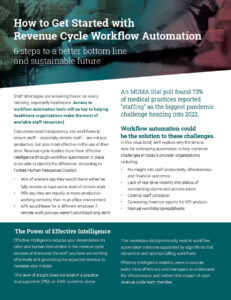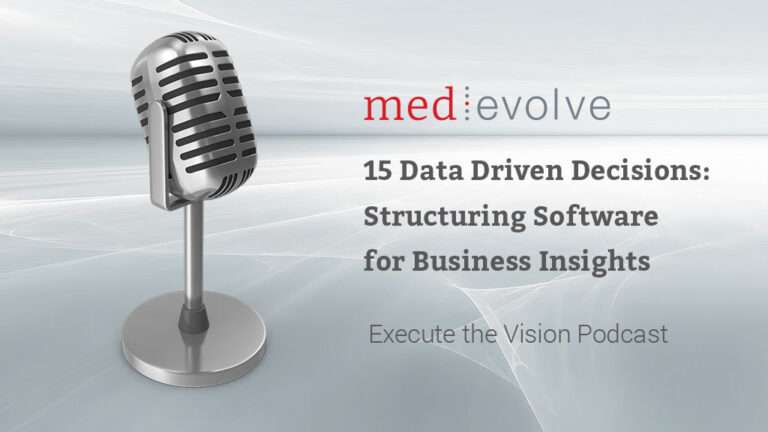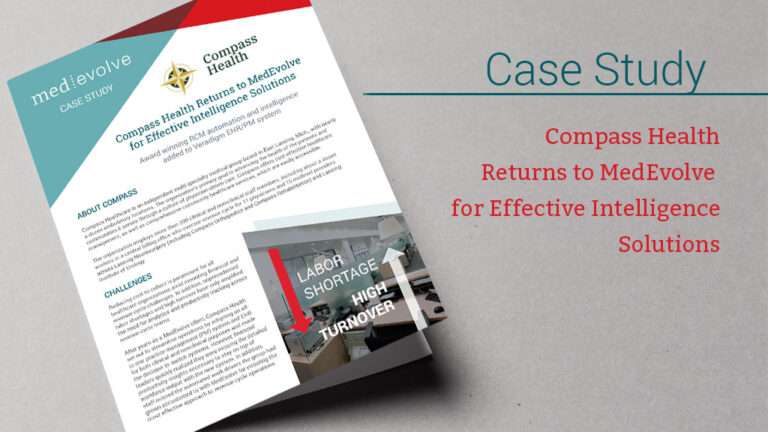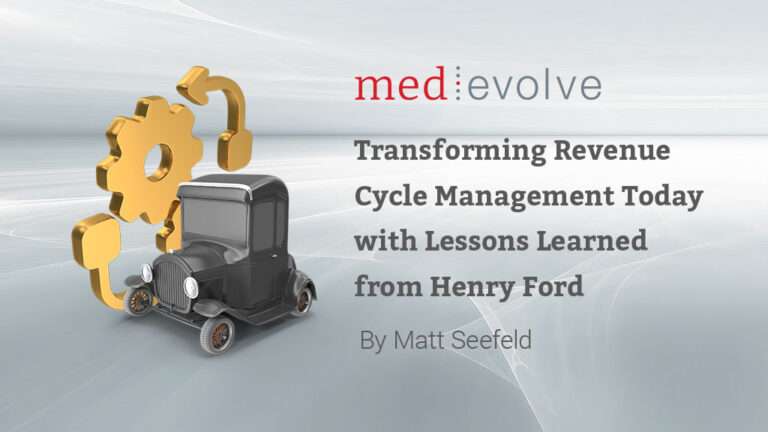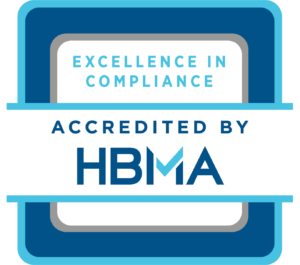Your power as an influencer
Revenue cycle managers and directors tend to be the influencers, but not the budget holders and decision makers on big investments like technology, specifically technology designed to improve daily workflow and analytics– something with which they are intimately familiar on a daily basis. Additionally, they need to be able to identify ways in overcoming peoples’ natural human behavior to resist change and motivate them to embrace it while simultaneously appealing to executive management that the solutions that they want to invest in will yield a return on investment and have a positive impact on collections and costs.
Implementing positive change at your healthcare organization can be a daunting task, but a necessary one. Considering the ongoing challenges within the industry impacting reimbursement and costs, the urge to give up, “go with flow” of your current job requirements and play it safe is no longer an adequate response.
Appealing to healthcare executives for adoption of change
Change, in its purest form, is altering how tasks have been performed. It is important to acknowledge that change can be disruptive based on individuals’ habits as this often means they will be required to adopt a new set of actions. However, at the same time, it can be rewarding if it is managed properly.
On the surface, it would appear to be counter-intuitive for a CFO within a healthcare organization not to invest money into its lifeline (a.k.a. revenue cycle) when its financial outlook appears to be bleak. On the other hand, if they are willing to do what it takes to turn their organization around, a significant financial investment in technology could be the answer.
The definition of insanity would be to continue doing the same things repeatedly while expecting a different outcome. Does this sound all too familiar? If you consider the downstream impact of the decisions you make will not only effect yourself, but also your team, organization, and the patients served, the plans to invest in change such as Effective Intelligence tools and solutions offered by MedEvolve begin to appear much more clearly. Conversely, if you are content and unwilling to invest any effort into changing the status quo, then maintaining optimal financial performance, as measured based on net collections and cost-to-collect, becomes a much heavier lift.
Technology and process changes benefit all levels of the organization
For instance, pushing technology change that improves process, transparency, accountability, and reporting, like our Effective Intelligence solution, reduces the time an RCM Director has to spend combing through multiple spreadsheets, lamenting staffing issues, and sorting out A/R bottlenecks.
From the standpoint of your traditional A/R representative, instead of working eight hours plus an additional two or three hours of overtime consistently every Friday or at the close of the month, these solutions will assist in abbreviating their day. This will help give them valuable work-life-balance, thereby allowing them to get home in time for dinner with their family or friends or catch their son/daughter’s game.
From a middle management standpoint, they now have an opportunity to take the necessary actions based on their team members’ relative levels of performance. Individuals exceeding performance expectations can be recognized and rewarded accordingly. Conversely, additional training opportunities or counseling can be offered for individuals failing to meet expectations.
Crafting your internal message for technology requests
Adoption of technology change starts with internal messaging. Based on my personal experience with change management, one of the practices I have utilized and found effective is placing myself in the seat of the individual receiving news around change. They need to be provided with re-assurance that the new changes will be better, and there is a clear plan to get there with proper support. For instance, if I were introduced as a user to MedEvolve’s Effective Intelligence solution designed to improve effectiveness and increase efficiency, what are the questions that I would have?
Some of the key questions to answer and include in your message are listed below:
- What is the purpose and/or rationale behind the change (i.e., vision statement)?
- Which area(s), directly and indirectly, will be impacted by the change?
- How will things be different (i.e., processes, staffing, etc.) after the change is implemented?
- What will be our key measure(s) of success?
- How long will it take to implement the necessary changes and when will they take effect?
- Who will be responsible for managing these changes?
Championing the cause
Successful change cannot be executed in a silo or by one individual. Change permeates through an organization when people collectively understand and support it.
In most instances, the activities which follow upon delivering the message around change are equally, if not more important from a staff perspective. Words, complemented by actions, can be powerful tools to assist people in embracing change. While it is inevitable for staff to begin experiencing a few emotions, ranging from being discouraged to afraid, risk can be dissipated through additional communication and support throughout the transition period.
Consistent and clear communication to ensure all key stakeholders understand their level of participation, what needs to happen, and how it impacts them will go a long way in charting your change management journey. Communication can take on many forms, from verbal to a document with frequently asked questions. These all serve as consistent as well as inspirational reminders to help everyone see how actions today will impact the future.
Building trust with your RCM team
As much as I have emphasized communication as a key factor in successfully managing change, trust is just as critical. All relationships, whether they be personal or professional, are based on trust. Without it, even the most clearly crafted message will fall on deaf ears. Effective steps I have taken to build a culture of trust include but are not limited to being transparent with information, soliciting honest and open feedback, and fostering inclusivity and collaboration.
Fueled by ongoing technological gains, the rate at which things change will only continue to increase, whether we like it or not. The difference between those organizations who become obsolete and those who thrive are champions of change who effectively identify opportunities for improvement and lead others through that change. Championing positive change takes time and is not something which can be accomplished in a day. Treating people the way they want to be treated will go a long way towards building trust and ensuring commitment to delivering change which is effective and sustainable.
About Kevin Don
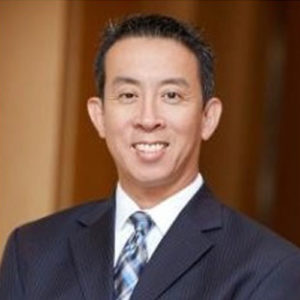 Kevin Don is Vice President of Client Partnerships with MedEvolve. He has consulted and collaborated with various healthcare organizations in providing comprehensive revenue cycle improvement solutions. With his 20+ years of experience in the industry, he has assisted numerous clients in realizing significant dollar savings and benefit to their bottom line through re-designing key revenue cycle functions, utilizing technology, and establishing a high performance work culture, which deliver rapid, proven, and enduring results. Prior to joining MedEvolve, Kevin was the Senior Director over Revenue Cycle Operations at Falck US, based in Orange, CA.
Kevin Don is Vice President of Client Partnerships with MedEvolve. He has consulted and collaborated with various healthcare organizations in providing comprehensive revenue cycle improvement solutions. With his 20+ years of experience in the industry, he has assisted numerous clients in realizing significant dollar savings and benefit to their bottom line through re-designing key revenue cycle functions, utilizing technology, and establishing a high performance work culture, which deliver rapid, proven, and enduring results. Prior to joining MedEvolve, Kevin was the Senior Director over Revenue Cycle Operations at Falck US, based in Orange, CA.
Read more articles from Kevin >>>
EBOOK DOWNLOAD
How to Get Started with Revenue Cycle Workflow Automation
